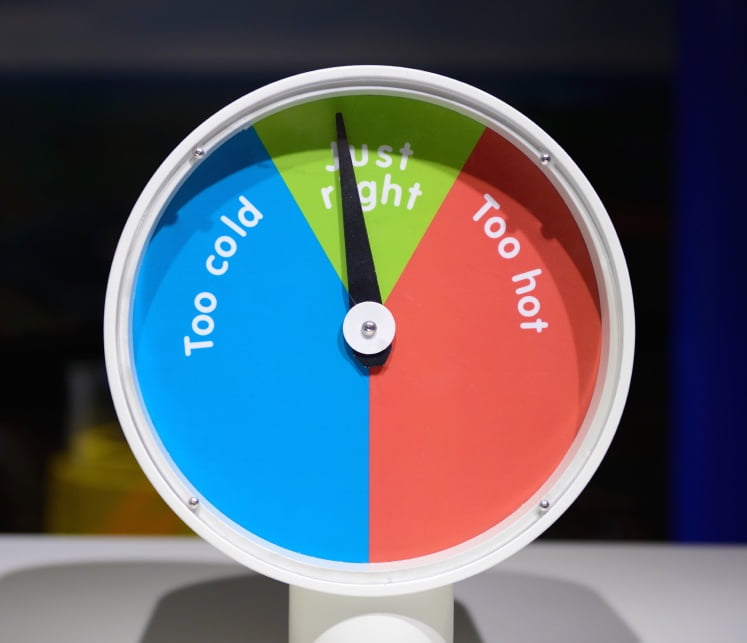How Temperature Control in Electrical Enclosures Affects Component Life

The debate about enclosure cooling is sometimes biased by traditional views that electro-mechanical equipment can withstand relatively high temperatures. This perception doesn’t consider the effect high temperature has on the service life of modern electrical and electronic equipment. The reality is that most industrial electrical equipment is not designed for the peak temperatures frequently reached inside enclosures during hot weather or in hot industrial environments. This often leads to premature failure.
Effects of Temperature
Prior to the widespread introduction of electronics, manufacturers routinely produced motors and other electro-mechanical equipment with insulation temperature ratings that exceeded 130 ºC (265 ºF), and high electrical enclosure temperatures were not a major concern. Although transistorized electronic drives were introduced in the 1980s it was several decades before power electronics became ubiquitous. Unfortunately, many engineers assumed these devices were equally robust, but they are not.
Manufacturer’s Specifications for Electrical Equipment
Despite the capability to manufacture electrical equipment that can withstand high temperatures, the maximum recommended temperature for equipment is generally between 40 ºC and 50 ºC (105 ºF to 122 ºF). A survey of manufacturers’ catalogs confirms this, so there’s clearly a need to ensure enclosure temperatures are kept below 40 ºC (105 ºF).
Effect of Temperature on Equipment Life
Another and equally important aspect is the effect temperature has on the life of an electrical device. As an example, the lifetime of a capacitor, as found in many devices, may be 32 years at 45 ºC, 16 years at 55º C and only 4 years at 80 ºC. This is calculated using the Arrhenius Equation. The equation confirms that it’s important the temperature in enclosures containing electrical equipment is kept as low as practical.
Practical Consequences of High Ambient Temperature
Another phenomenon to consider is that as digital electronic control circuits heat up, leakage currents in integrated circuits increase, and above a certain temperature unstable operation occurs. This can particularly affect PLCs, computers, and equipment fitted with microprocessors. Fortunately, in most instances no permanent damage is done, but such incidents have serious consequences for industrial control systems.
Enclosure Cooling Options
Depending on the size and heat load of an enclosure, several cooling options are available to ensure electronic equipment doesn’t overheat. The simplest method is the use of cooling fans to increase the air circulation and in doing so to reduce the enclosure temperature. This method is dependent on the ambient air temperature, and the enclosure temperature will be somewhat higher. It is not recommended for heavily loaded electrical enclosures or high ambient temperature environments.
The best method of controlling the temperature of an enclosure containing electronic equipment is the use of a sealed enclosure fitted with either an air-to-air heat exchanger, an air-to-water heat exchanger or an enclosure air conditioner. The capacity of air-to-air heat exchangers is limited and in many instances an enclosure air conditioner is a better choice.
Air Flow Considerations
Take care to install electronic components in accordance with manufacturers’ recommendations with adequate space between units, and make sure their internal air passages are unobstructed. Don’t forget to allow for the fact that some areas of an enclosure will be hotter than others. Depending on the size of an enclosure and the layout of the electrical equipment, it may be necessary to install booster fans to insure adequate air circulation and baffles to direct cool air to critical areas. Ensure all electronic items are below their recommended maximum temperatures.
Keeping Equipment Cool Extends Useful Life
Controlling your electrical enclosure temperatures will ensure that electronic devices are kept cool and give trouble-free operation. If you need technical advice or guidance, contact us at Thermal Edge, and let our technical experts help select the best option to keep your equipment cool.

